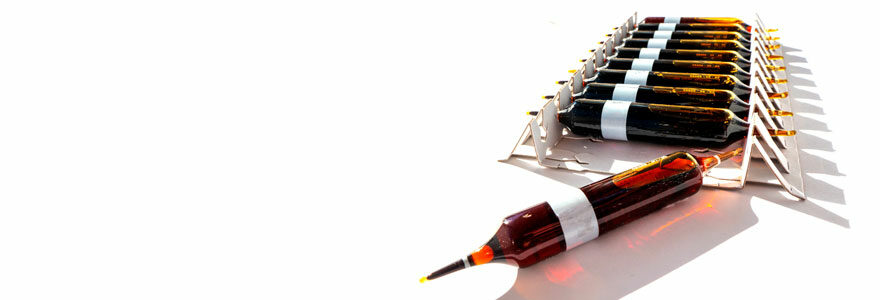Packaging is an important part of the pharmaceutical industry. It helps protect patients and consumers from the dangers of drugs and other pharmaceutical products. It also helps to keep products fresh and safe to use. Primary packaging is the first layer of protection for a pharmaceutical product. It is the packaging that comes into direct contact with the drug or other product.
What is primary and secondary packaging in pharmaceuticals?
Secondary packaging in pharmaceuticals is the process of enclosing or protecting a pharmaceutical product in a secondary container. Common materials used for secondary packaging include paperboard, foil, and plastics.
Secondary packaging provides an extra layer of protection for pharmaceutical products and can help to extend the shelf life of a product. It can also help to protect the product from damage during shipping and handling.
In some cases, secondary packaging can also be used to provide tamper-evident features or to display information such as product dosage and expiration date.
Types of Pharmaceutical Packaging
There are four main types of pharmaceutical packaging: primary, secondary, tertiary, and quaternary.
Primary packaging pharma is the first layer of packaging that comes in contact with the product. It is usually made of materials that are impermeable to air, light, and moisture to protect the product from the environment.
Secondary packaging is the second layer of packaging that protects the product from damage during shipping and handling. It is usually made of materials that are less durable than primary packaging, such as cardboard or paperboard.
Tertiary packaging is the third layer of packaging that is used for marketing and promotion. It is usually made of materials that are eye-catching and durable, such as plastic or metal.
Quaternary packaging is the fourth and final layer of packaging that is used for storage. It is usually made of materials that are sturdy and have a long shelf life, such as glass or metal.
How many types of ampoules are there?
Ampoules are small, sealed glass containers that are used to hold a single dose of a medication. There are two types of ampoules: ampules and vials. Ampules are made of glass and have a pointed end that is broken off when the ampule is opened. Vials are made of plastic and have a rubber stopper that is punctured when the vial is opened.
Primary packaging is the basic material that contains and protects a product. It is the first layer of packaging that comes into contact with the product. In the pharmaceutical industry, primary packaging must meet strict regulations to ensure the safety and quality of the product.
